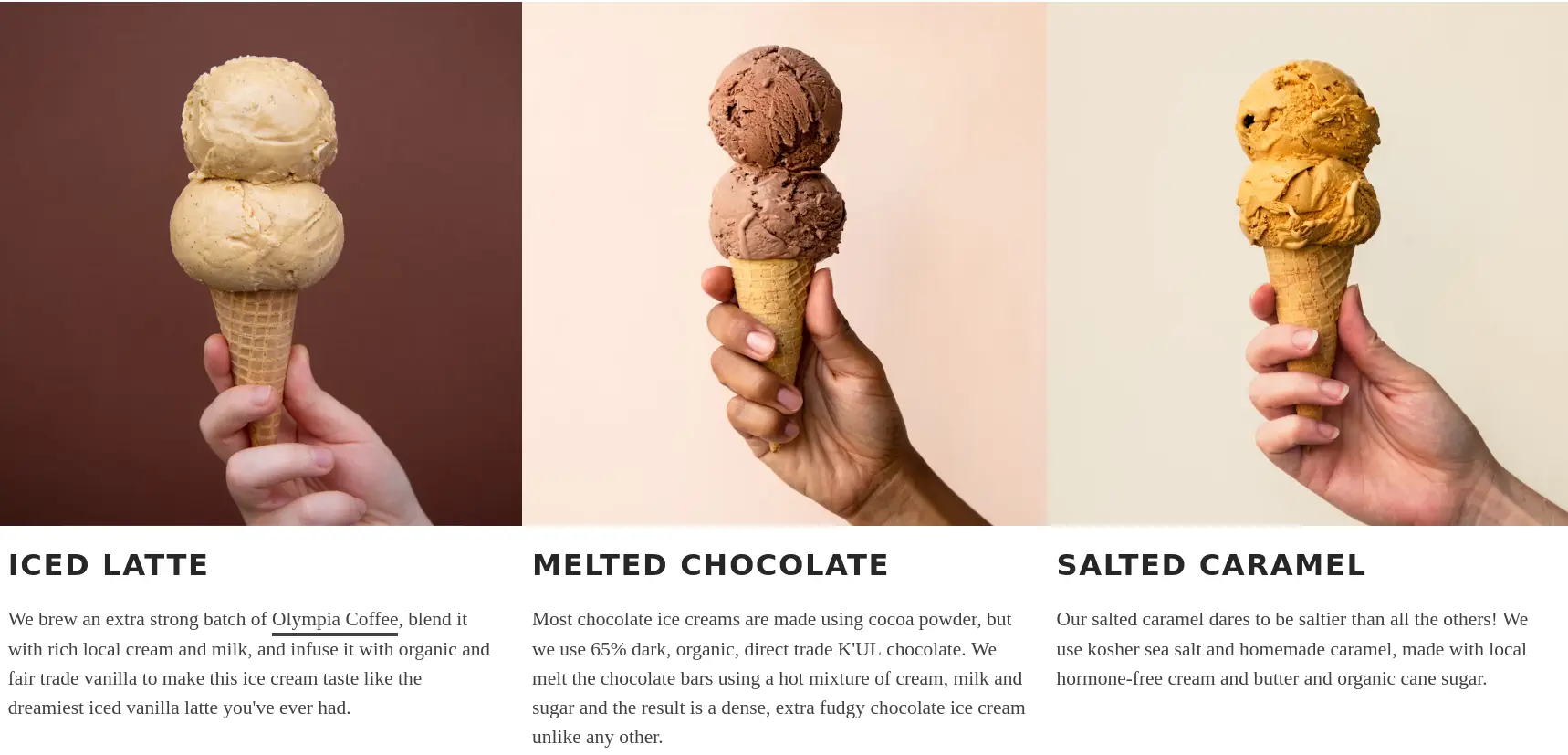“NO is a complete sentence.” —Anonymous
It’s surprising how much trouble people have with just saying ‘no’. It may well have something to do with social norms, but while I’ve never had any compunctions on this point, it wasn’t until recently that I realized how hard it is for people to simply say ‘no’ (to anything).
Being able to say ‘no’ is a superpower. The simplest way to do it might be to say “No” or “No, I won’t do that”, and then offer a long pause, at which point the other person will likely ask you why. If you’re feeling charitable, you might then take a deep breath and offer some explanation of why you won’t (note: won’t, not can’t). You don’t always have to offer an explanation, and you must never be apologetic about it unless you truly feel that way inside. Regardless, you’ve already won, because you’ve done the one thing that’ll give you peace of mind that compounds over time: you’ve established and communicated your boundaries, and put truth and kindness ahead of appearing nice.

